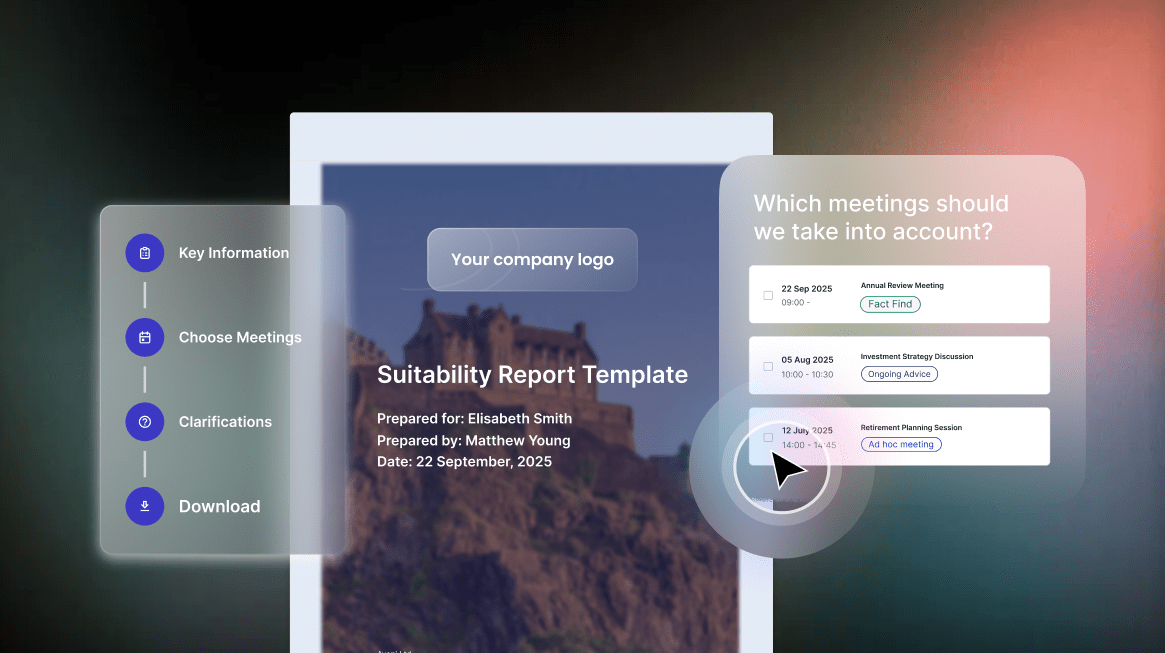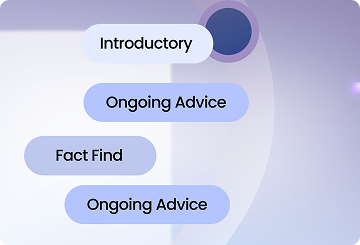Practical insights from AI transformation programmes that succeed
The Scenario
Imagine this, it’s a scenario many senior execs in financial services have found themselves in. You’re sitting in the Monday executive committee meeting. The CEO says:
“We need to implement AI as part of our digital transformation agenda. But we don’t seem to have a coherent strategy, initiatives are popping up in silos, and frankly, I’m worried we’ll end up with a collection of disconnected experiments. How do we structure this so AI becomes a driver of enterprise value, not just isolated pilots?”
This situation is becoming increasingly common as over 75% of firms are already using AI, with that number only expected to rise (Bank of England, 2024). Financial services organisations see clear opportunities, from client onboarding automation to personalised product recommendations and compliance monitoring, but lack the alignment, governance and momentum to embed AI effectively.
Our advice at Aveni: treat AI transformation as both a business strategy and an operational programme. Below, we outline the critical principles and practical steps to achieve this.
1. Start with a Clear, Long-Term Goal
AI initiatives will fail when they are scattered ; therefore, C-suites must be definitive and clear in stating a directional objective. For example, “become an AI-native wealth management business where 80% of adviser time is spent on client relationships, not administration” is specific and focused in its objective, aligning leadership, operations, and compliance behind a single direction of travel.
This goal should be bold yet tangible, tied to strategic outcomes like growth, efficiency or risk reduction. It becomes the north star against which all AI programmes are measured.
2. Pick One High-Value, Contained Starting Point
Don’t attempt to transform everything at once. Choose a use case that:
- Delivers measurable value (e.g. reducing KYC turnaround from days to hours.)
- Has a clear KPI (e.g. time saved, cost avoided, Net Promoter Score “NPS” uplift).
- Can scale laterally (e.g. process improvements from onboarding can extend into loan origination or claims.)
This creates early wins that demonstrate AI’s business value, building momentum and credibility across the organisation.
3. Address the “Frozen Middle”
In transformation programmes, the C-suite drives urgency and younger teams often bring innovation. The challenge lies in the middle: experienced managers and process owners who may feel threatened or overwhelmed and AI transformation often stalls in the layer between leadership and frontline staff.
To succeed:
- Identify change champions within the middle layers.
- Show them how AI supports, not replaces, their role.
- Give them ownership of process change and success metrics.
Bringing the frozen middle with you is essential to avoid resistance and stalled initiatives.
Case in Point: The Frozen Middle in Risk & ComplianceThe Situation The Blocker The Lesson The Takeaway |
4. Build Visibility Through Metrics
Transformation succeeds when progress is visible. One of the simplest but most powerful accelerators is to show, in real time, what is changing. Firms should create transparent dashboards that track and display the outcomes of AI initiatives in terms that resonate with both executives and frontline teams. Examples include:
- Operational efficiency: number of compliance checks automated, hours of adviser time freed for client-facing activity, or reduced turnaround in onboarding.
- Risk management: reduction in manual errors, improved detection of anomalies, or fewer false positives flagged for investigation.
- Customer impact: higher NPS, improved first-contact resolution, or shorter claims handling cycles.
By making these metrics accessible across the business, firms create a positive feedback loop. Staff see real progress every day, which builds trust in the technology and generates momentum for adoption in other departments. Importantly, metrics also reassure regulators and boards that transformation is delivering measurable, controlled outcomes rather than uncontrolled experimentation.
5. Govern for Scale, Not Just Pilots
Many financial institutions have dozens of isolated proofs of concept running in parallel, most of which never progress beyond the pilot stage. This fragmented approach wastes resources and undermines confidence in AI as a strategic enabler.
To scale successfully, governance must be established at the enterprise level. This doesn’t mean creating new layers of bureaucracy; it means providing clarity, consistency and accountability:
- One enterprise AI strategy, not 12 departmental ones.
- Clear ownership e.g. Chief AI Officer, Head of AI Transformation.
- Ethical, regulatory alignment baked into every deployment.
Effective governance creates the foundation for scale. It establishes clear frameworks that allow successful AI use cases to be replicated across business units, turning individual investments into enterprise-wide transformation.
Also, don’t rush from pilot to production.
One of the biggest pitfalls in AI transformation is the temptation to accelerate from a promising pilot to a large-scale rollout too quickly. Early results often generate excitement, but scaling prematurely can expose an organisation to operational, cultural, and regulatory risks.
In financial services, this risk is even greater. AI adoption is not just about installing new systems; it also means people need to change how they work. Advisers, compliance staff, and operations teams must adjust their processes and learn to trust the outputs. If change happens too quickly, uptake can stall, confidence can fall, and regulators may doubt whether proper safeguards were applied.
A phased approach mitigates this risk. The most effective programmes prove AI solutions with one cohort of users at a time, embedding lessons learned before expanding to the next. For example, a compliance monitoring solution might first be tested within one business line, ensuring false positives are under control, audit trails are intact, and advisers trust the system. Only then should it be scaled across regions or divisions.
This approach is not about slowing progress; it is about ensuring durability. Phased rollouts create the space to refine metrics, strengthen controls, and build confidence at every level of the organisation. In practice, it aligns closely with governance, ensuring the enterprise AI strategy grows in a controlled, auditable way rather than collapsing under the weight of enthusiasm.
Aveni’s Closing Advice
For financial services leaders, the journey to becoming AI-native is not about chasing every shiny new tool. It is about disciplined, strategic adoption that builds value step by step. Success rests on five key principles:
- Set a long-term strategic direction that links AI to specific business outcomes.
- Pick one high-value use case to prove value and build momentum.
- Engage the “frozen middle” to ensure process owners feel empowered, not bypassed.
- Make progress visible through metrics that matter to staff, clients and regulators alike.
- Govern for scale so that pilots evolve into enterprise-wide transformation.
Those who follow this path will avoid the trap of scattered experiments and instead build an AI-powered organisation that delivers measurable business outcomes, competitive advantage, and regulatory confidence. Aveni’s experience in applying AI to adviser productivity, client experience, and compliance monitoring means we see first-hand how powerful this structured approach can be.
See how Aveni can ensure your enterprise AI transformation delivers value by reading our Case Studies or scheduling a chat with a team member →






